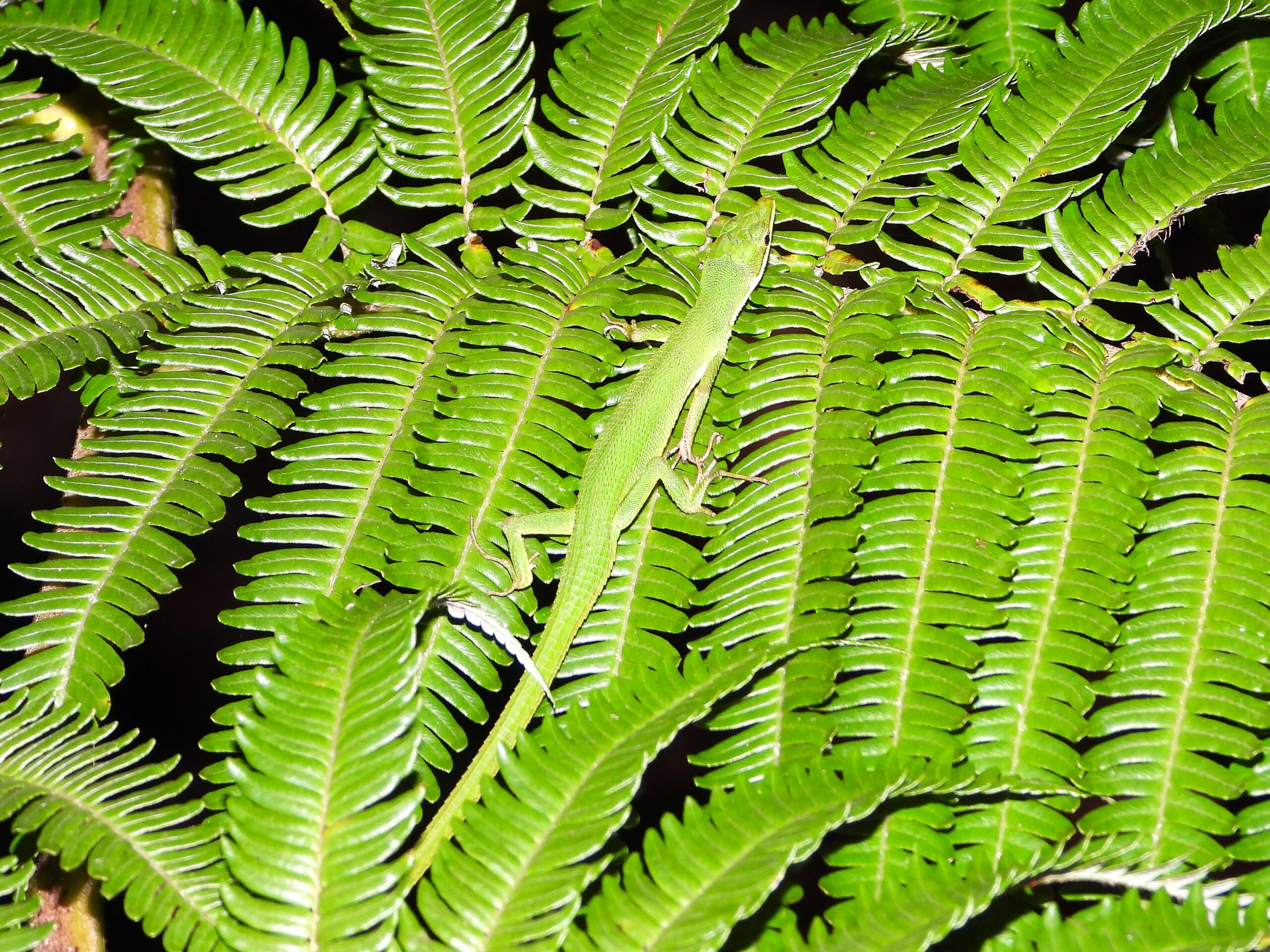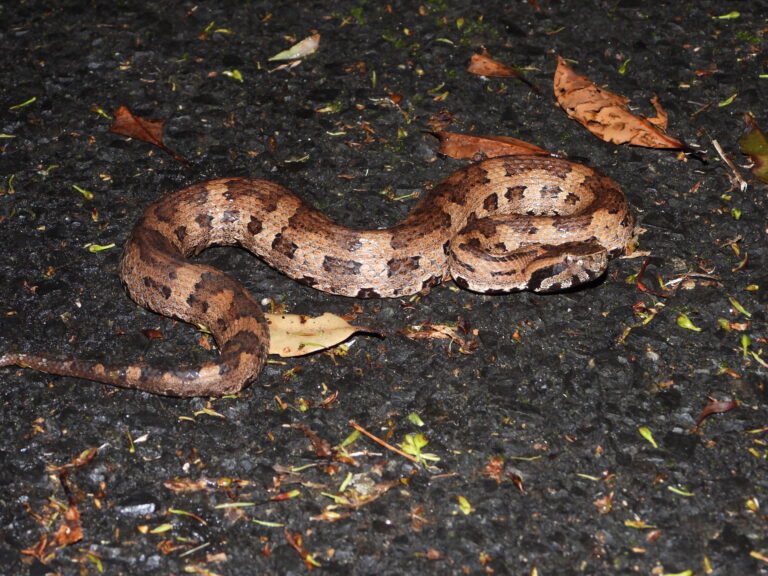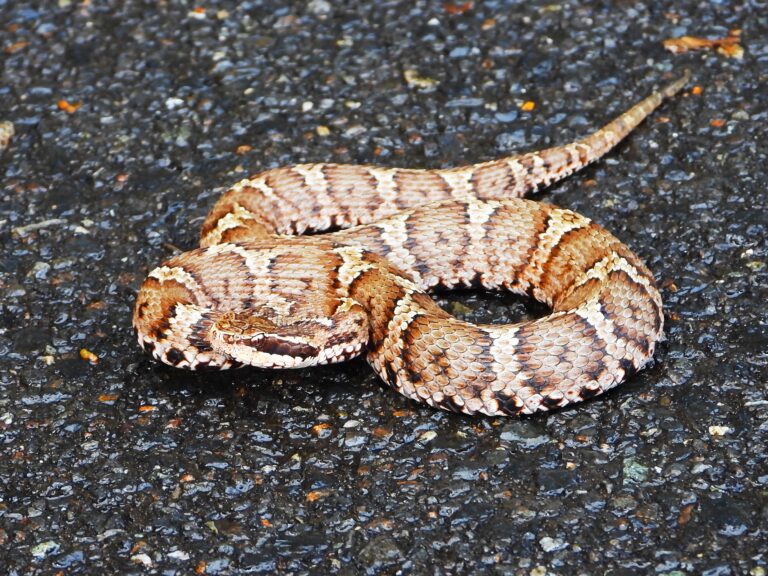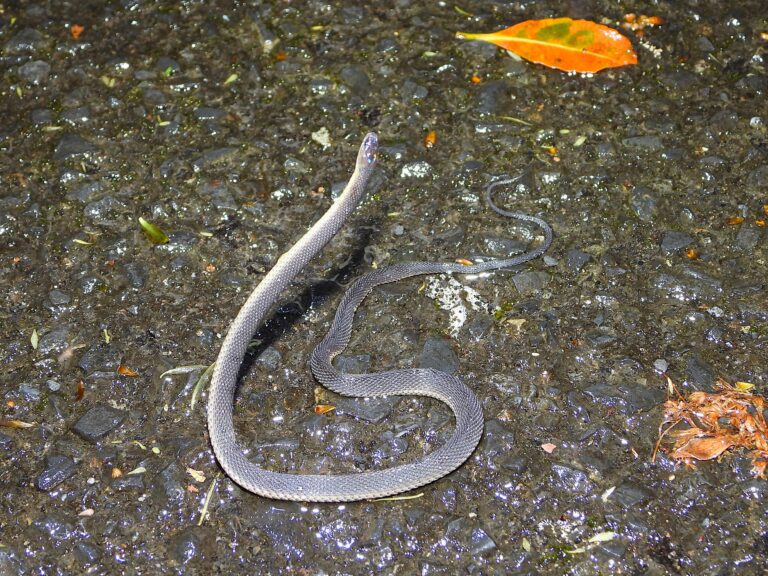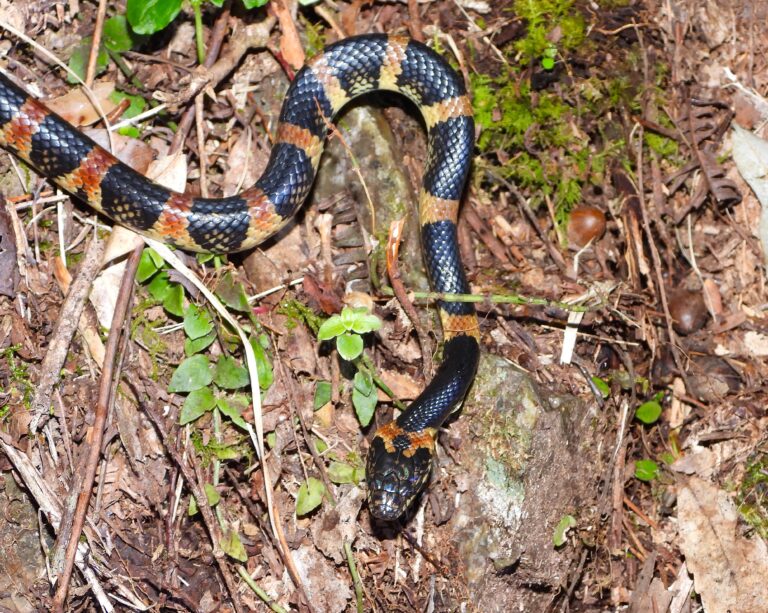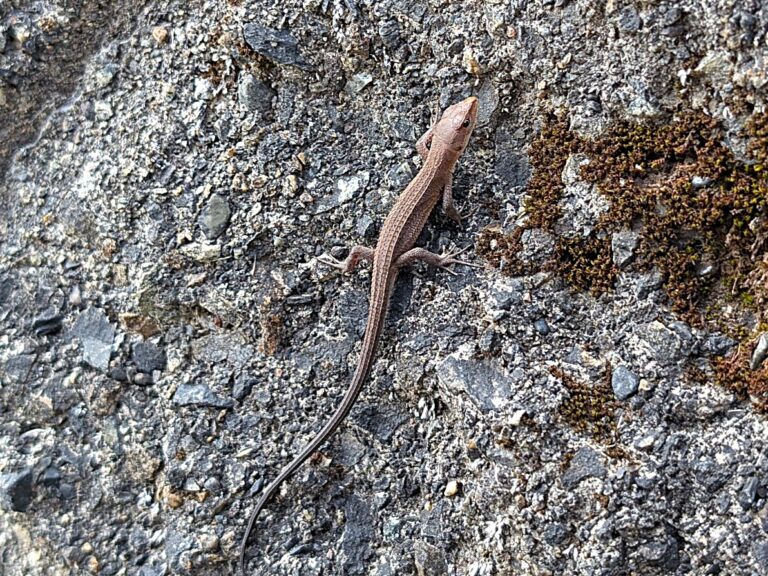Green Grass Lizard (Takydromus smaragdinus) – Wildlife of Japan
Introduction
The Green Grass Lizard (Takydromus smaragdinus) is a vivid green reptile found only in Japan’s Ryukyu Islands, including Amami and Okinawa. Known locally as the Aokanahebi, this elegant species is a symbol of the subtropical wildlife of southern Japan. Its bright color and quick, agile movements make it one of the most striking reptiles in the region.
Appearance
This species has a slim body with a tail more than twice the length of its torso. Its emerald-green scales shimmer under sunlight, blending perfectly with grasses and shrubs. Males often show more intense coloration during the breeding season, while females and juveniles are slightly duller. The long tail and smooth body give it a graceful, streamlined appearance.
Habitat & Distribution
The Green Grass Lizard is endemic to Japan, found only in the Ryukyu Islands such as Amami Ōshima, Tokunoshima, and Okinawa. It prefers sunny environments like grasslands, forest edges, and rural fields. Unlike its mainland relative, the Japanese Grass Lizard (Takydromus tachydromoides), it thrives in warm, humid subtropical climates.
Behavior
This species is active during the day, basking in the sun and darting swiftly through vegetation. When threatened, it can drop part of its tail to escape predators—a defense mechanism known as autotomy. It often freezes to rely on camouflage or dashes into the grass when disturbed.
Diet
The Green Grass Lizard mainly eats small insects such as grasshoppers, beetles, ants, and spiders. It hunts visually, using its sharp eyesight to spot moving prey. Its diet shifts slightly depending on the season and availability of insects.
Reproduction
Breeding takes place from late spring to midsummer. Females lay small clutches of one to three eggs in soft soil or beneath fallen leaves. After several weeks of incubation, hatchlings emerge fully independent. No parental care has been observed after hatching.
Conservation
The species is listed as Near Threatened by the IUCN due to habitat loss and introduced predators such as mongooses and feral cats. Because it lives only on islands, even minor environmental changes can greatly affect its population. Conservation of grassland habitats in the Ryukyu Islands is essential for its survival.
Author’s Impression
I once found this species during a night walk in Okinawa. They often sleep on ferns or other low plants, blending perfectly with the green leaves. Because their color matches the surroundings, it’s easy to miss them—so look carefully when searching at night.


